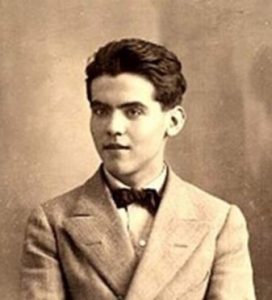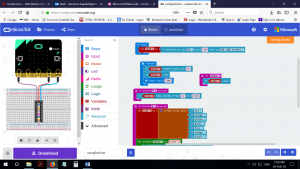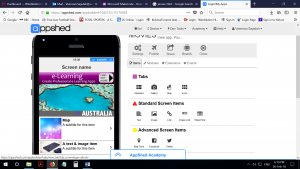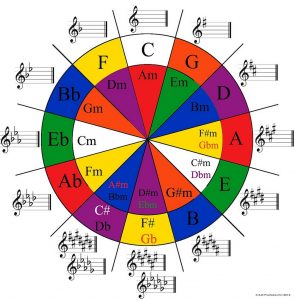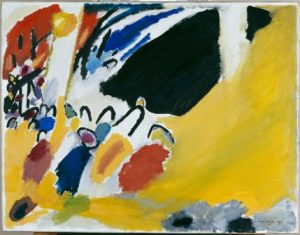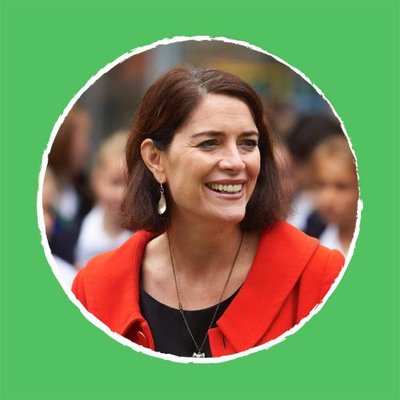James Courtenay Clack considers the way we use language in the classroom.
It started with a pupil in my Year 9 class dismissing Romeo and Juliet’s first meeting as ‘flanter’. Whilst inwardly I shared her sniffiness about their saccharine shared sonnet, there seemed to be a clear challenge coming from this pupil. Would I, as a teacher, and an English teacher no less, allow her to use slang to talk about one of the most famous scenes in all of literature? This got me thinking about the way we use language in the classroom.
With morning and afternoon registration and seven lessons, most pupils can expect to answer the register nine times a day. As important as this rite is in keeping track of pupils, far more interesting is the other type of register pupils flit between. If anyone with a half-keen ear were to follow a pupil around the school for a day, they would notice that the way pupils speak and write changes as they move from home to school, from WhatsApp groups to essays. Rare is the pupil, for example, who answers the question of what they want for breakfast in the same formal and detailed manner in which they would a question about the bleak landscapes of TS Eliot’s ‘The Waste Land’.
Register, as coined by Thomas Bertram Reid and developed by Martin Joos, is the sociolinguistic term for the use of language as defined by social situation. Broadly speaking, register is about the level of formality of language and it incorporates elements as disparate as:
- Vocabulary
- Tone
- Dialect
- Slang
- Abbreviation
- Use of full sentences
It is worth thinking about why we use language differently in different contexts. In certain social situations, the answer is obvious. We adopt a more formal register with managers/bosses at work, for example, both as a sign of respect and out of a desire to impress. Similarly, our use of a more informal register with friends belies a level of comfort and intimacy that we do not share with our employers.
For the most part the ability to move between these registers – or at least the knowledge that you speak differently with Mrs Lunnon than you do with your BFFL – is picked up when young. As our social skills develop, our ability to move between registers becomes almost unthinking. When I applied for a job at WHS, for example, I did not have to remind myself not to greet Mrs Lunnon with an ‘alreet pal’ at the start of my interview.
That we use language differently in different social contexts is hardly a ground-breaking observation, but it does have several implications for teachers. Once pupils enter the classroom they are introduced to a new range of registers and in English, there are two main areas of interest, or areas of clash: the way we talk in class discussions and the way we write essays.
Although essays are the main form of assessment, the primary skill being assessed – interpretation of a literary text – is developed in class discussion and debate.
The question of how we speak in class is deeply political. The fact that the ability to use language in certain ways is a form of social currency in this country has moved schools such as Michaela Community School and Harris Academy Upper Norwood to ban the use of certain registers in the classroom.

The desire to equip pupils with the verbal skills required for social mobility is undoubtedly a noble one, but I would argue that such a hard-line approach to register is dangerous. Firstly, the fact that WHS’ A-Level curriculum includes writers as diverse as Chaucer and Tennessee Williams is proof enough that there isn’t one ‘correct’ form of English. Secondly and more importantly, however, is the entire point of class discussions. The reason we discuss and weigh up ideas and not just dictate, Mr Gradgrind style, from the front is that we want to encourage pupils to develop their own voices and their own thoughts.
If pupils are going to develop ideas and formulate opinions through discussion, as they will have to do at university, they will need to feel a sense of ownership over the curriculum. It is for this reason that I encourage my class to voice opinions about texts in their own way and it was for this reason that I whole-heartedly agreed with my Year 9 pupil about Romeo and his ‘holy shrine’. Similarly, if my Year 12 class want to refer to the author of Mrs Dalloway as Ginny Bae, or if my Year 8s want to describe Shylock’s insistence on his pound of flesh as ‘a bit extra’, then why should they not?
It is possible to create an enjoyable learning environment in which pupils feel confident voicing ideas and opinions in their own language whilst at the same time modelling the more rigorous language of academia. So I agreed that yes, Shylock ‘was a bit extra’, but then questioned them as to whether his desire for revenge along with Antonio’s overt anti-Semitism made Shylock a tragic hero in the eyes of a modern audience or whether he was a mere comic foil about whose suffering a contemporary audience would not have cared a jot. That he is both, and more, is testament to the genius of Shakespeare, a man who knew more than most about the power of mixing the language of the court with that of the street YEAH.
Twitter: @English_WHS





